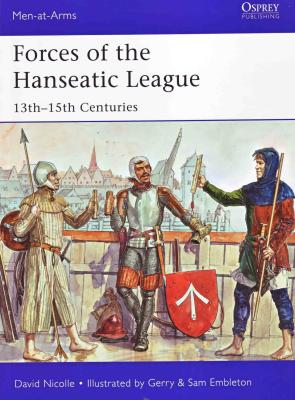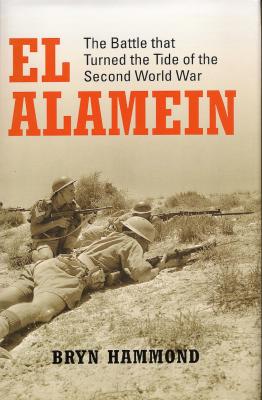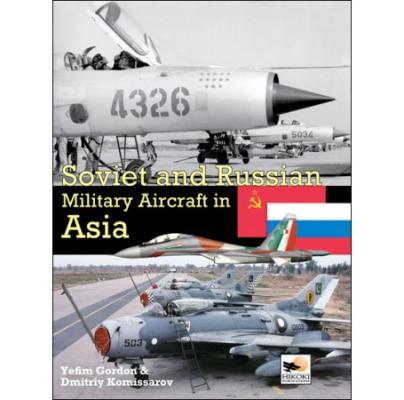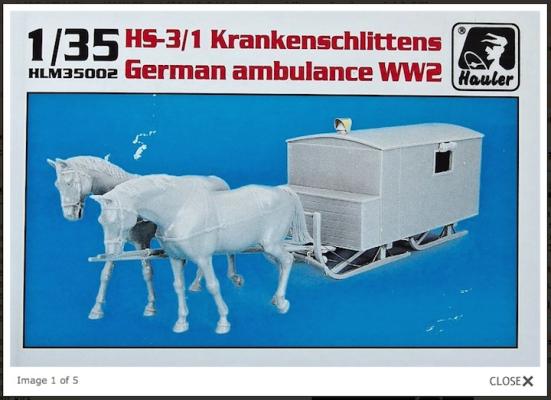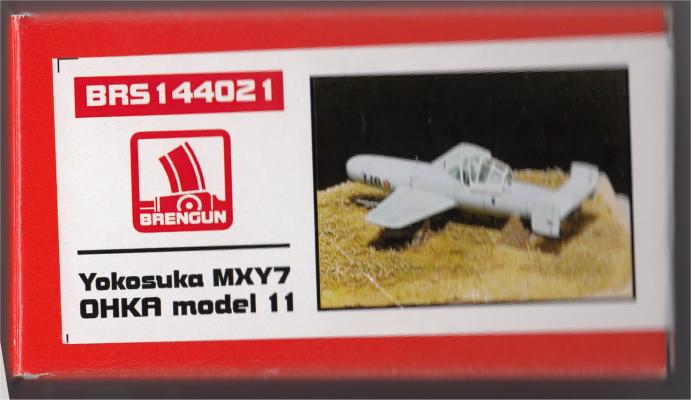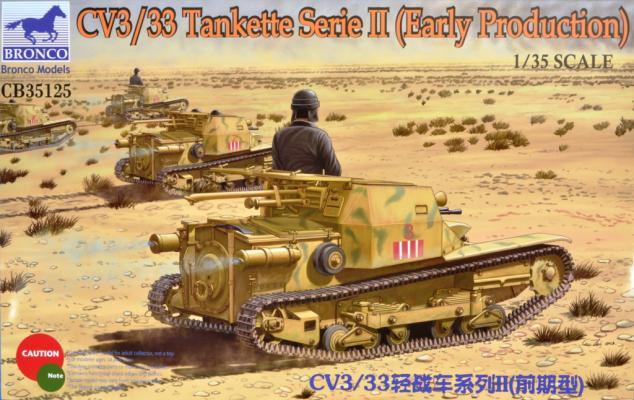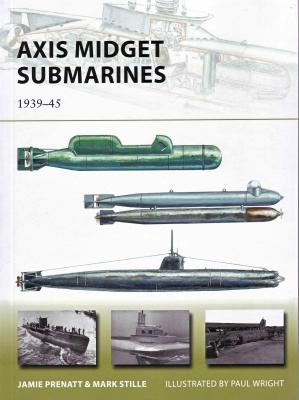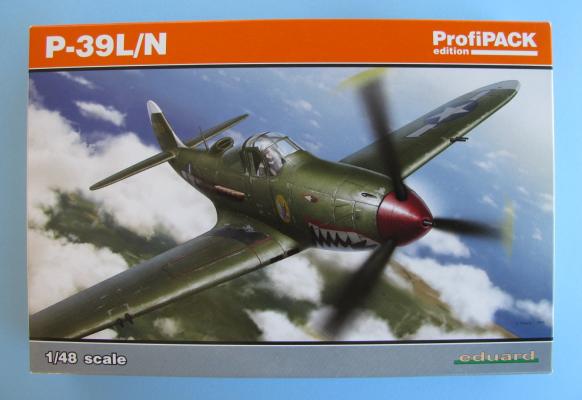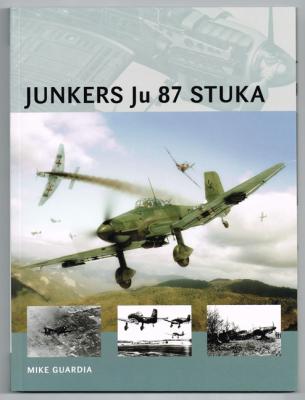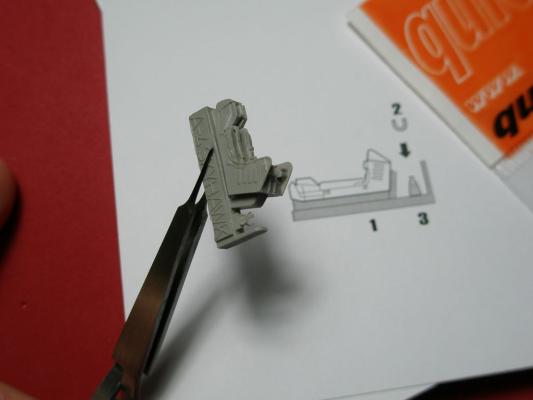Osprey's Forces of the Hanseatic League is book 494 in their Men-at-Arms series. This book deals with the history of the Hanseatic League from the 13th to the 15th centuries. The Hanseatic League was a commercial and defensive confederation of merchant guilds and their market towns that dominated trade along the coast of Northern Europe. It stretched from the Baltic to the North Sea and inland during the Late Middle Ages.
Chapters include:
- Historical Background
- Chronology
- Land Warfare
- Maritime Warfare
- Siege Warfare and Firearms
- The 15th Century: The Cost of Competition
Addendums include a section of further reading recommendations and commentaries on the color plates.

